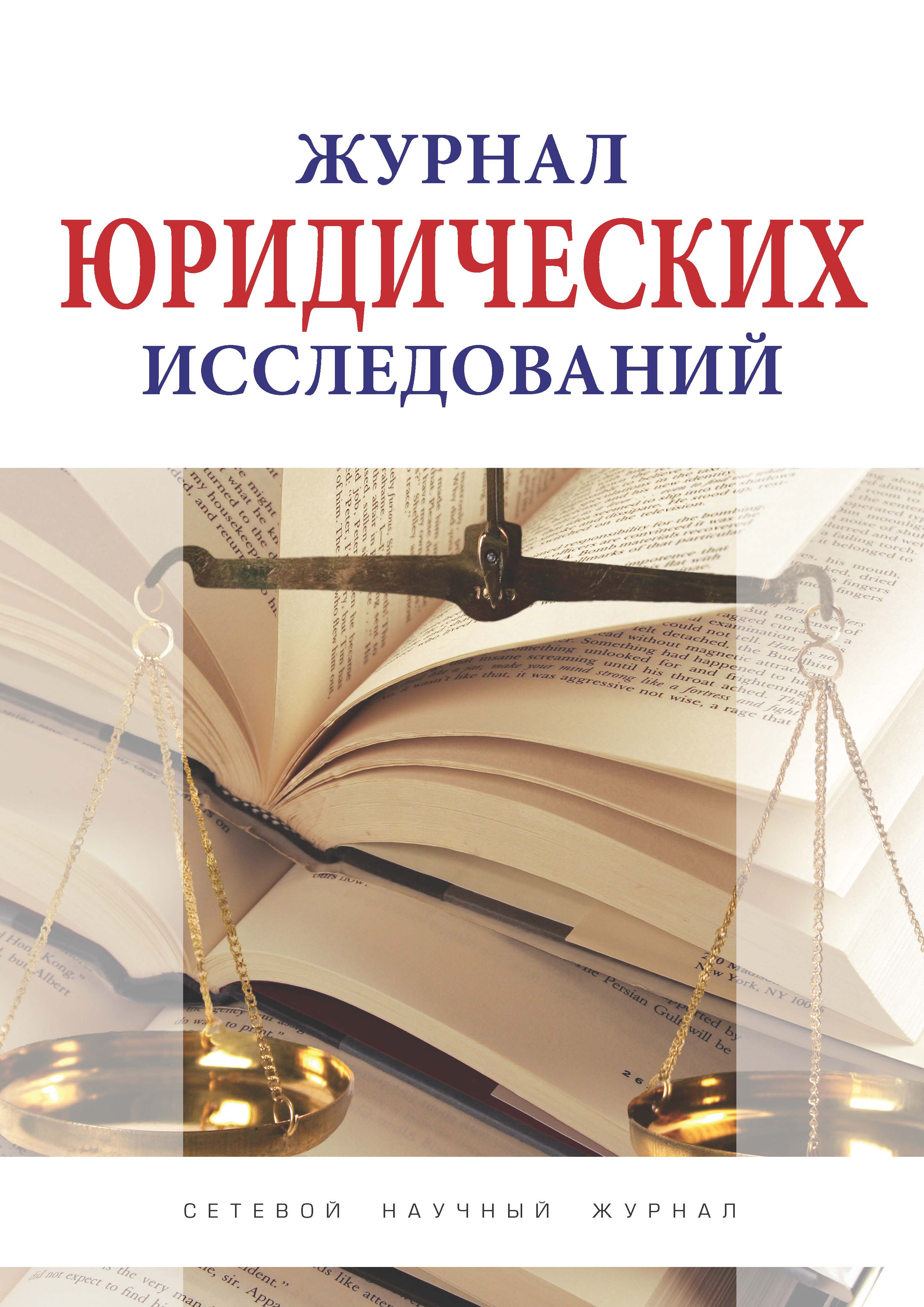Russian Federation
Russian Federation
Russian Federation
Russian Federation
At the beginning of the article, it is said about the place occupied by the category of public danger in Russian criminal law. Its connection with the criminal act, which is reflected in the legal definition of the concept of crime, is emphasized. It is noted that public danger can be characteristic not only of crime, but also of other acts that fall within the scope of criminal law regulation. It is shown that in all definitions of the concept of public danger, which take place in the theory of criminal law, despite their diversity, there is an indication of causing harm to objects of criminal legal protection, which should be considered the most important substantive component of the concept of public danger. The conclusion is reasonably argued that not all harmfulness aimed at objects of criminal legal protection is included in the concept of public danger, but only that which has a number of characteristics, which include the following: 1) the reality of harm; 2) significance (materiality) of harm; 3) its focus on objects of criminal legal protection; 4) the severity of harm in changes that are negative for the interests of the individual, society and the state. A philological analysis of the term “social danger” is carried out from the point of view of its constituent words. All possible components of public danger are established. The most important qualities of social danger are listed and revealed, which, in particular, include: 1) sociality; 2) materiality; 3) dynamism; 4) equivalence; 5) objectivity; 6) evaluativeness; 7) characteristic of the act. In conclusion, a refined definition of the concept of public danger is proposed.
social danger, harm, crime, concept of a crime, sign of a crime, elements of a crime, event of a crime, insignificance of an act, act, consequences
1. Enciklopediya ugolovnogo prava. V 35 tomah. T. 3. Ponyatie prestupleniya. SPb., Izdanie prof. Malinina. 2005. 522 s.
2. Rozhnov A.P. Nuzhna li rossiyskomu pravu kategoriya obschestvennoy opasnosti // Pravovaya paradigma. 2017. T. 16. № 3. S. 38-42. DOI: https://doi.org/10.15688/lc.jvolsu.2017.3.6; EDN: https://elibrary.ru/XHKLGL
3. Kudryavcev V.N. Ob'ektivnaya storona prestupleniya. M., 1960. 244 s. EDN: https://elibrary.ru/ZGVQVZ
4. Kurs ugolovnogo prava: V 5 t. T. 1. Obschaya chast'. Uchenie o prestuplenii / Pod red. N.F. Kuznecova, I.M. Tyazhkovoy. M., 2002. 611 s.
5. Bochkarev S.A. O prirode obschestvennoy opasnosti // Biznes v zakone. Ekonomiko-yuridicheskiy zhurnal. 2009. № 5. S. 155-159. EDN: https://elibrary.ru/LMAQZZ
6. Ryasov A.P. Obschestvennaya opasnost' prestupnogo deyaniya // Trudy yuridicheskogo fakul'teta Severo-Kavkazskogo gosudarstvennogo tehnicheskogo universiteta: Sbornik nauchnyh trudov. Vypusk 5. Stavropol': SevKavGTU, 2004. C. 126-141.
7. Marcev A.I. Obschestvennaya opasnost' i vrednost' prestupleniya // Izvestiya vysshih uchebnyh zavedeniy. Seriya «Pravovedenie». 2001. № 4 (237). S. 148-155. EDN: https://elibrary.ru/TKRVMZ
8. Slovar' sovremennogo russkogo literaturnogo yazyka. V 17 tomah. T. 8 (O). M-L., Izd-vo Akademii nauk SSSR. 1959. 1840 s.
9. Ushakov D.N. Tolkovyy slovar' sovremennogo russkogo yazyka. M. Adelant. 2013. 800 s.
10. Szerer A. Karanie a humanism. Warszawa, 1964. 223 s.
11. Ugolovnoe pravo. Obschaya i Osobennaya chasti: Uchebnik / Pod red. N.G. Kadnikova. M., 2006. 944 s.
12. Krivochenko L.N. O soderzhanii i strukture obschestvennoy opasnosti kak priznaka prestupleniya // Problemy pravovedeniya. Respublikanskiy mezhvedomstvennyy nauchnyy sbornik. Vyp. 40. Kiev, 1979. S. 94-102.
13. Naumov A.V. Ugolovnoe pravo. Obschaya chast'. Kurs lekciy. M., Izdatel'stvo BEK. 1996. 560 s.
14. Sm. punkt 1 Postanovleniya Plenuma Verhovnogo Suda RF ot 22.12.2015 № 58 (red. ot 18.12.2018) «O praktike naznacheniya sudami Rossiyskoy Federacii ugolovnogo nakazaniya» // Byulleten' Verhovnogo Suda RF, № 2, fevral', 2016.
15. Ugolovnoe pravo Rossii. Chast' Obschaya / pod red. L.L. Kruglikova, M., Volters Kluver, 2005. 592 s.
16. Grebenkin F. Obschestvennaya opasnost' i ee harakteristiki // Ugolovnoe pravo. 2006. № 1. S. 22-26. EDN: https://elibrary.ru/KXKOYX






